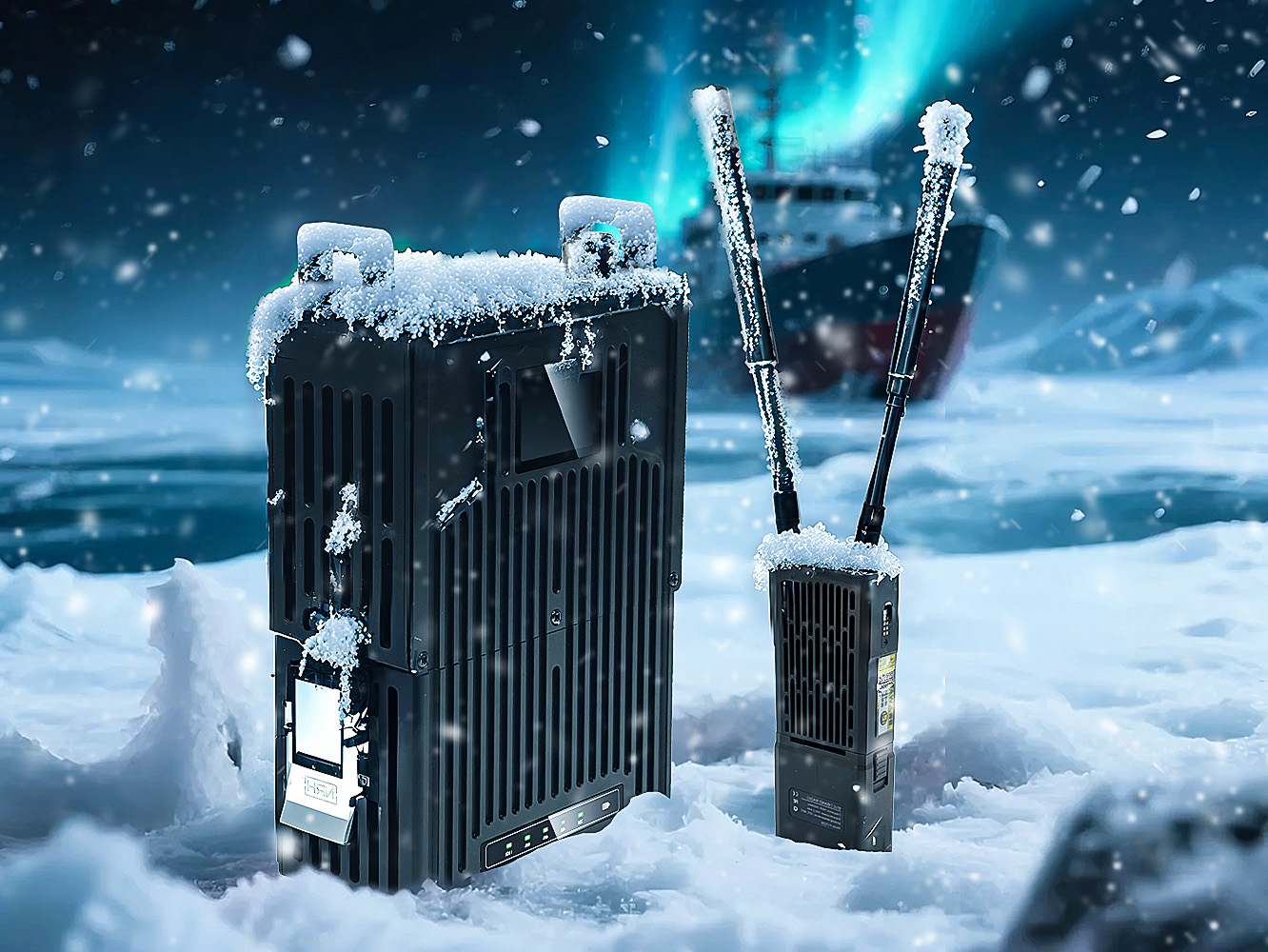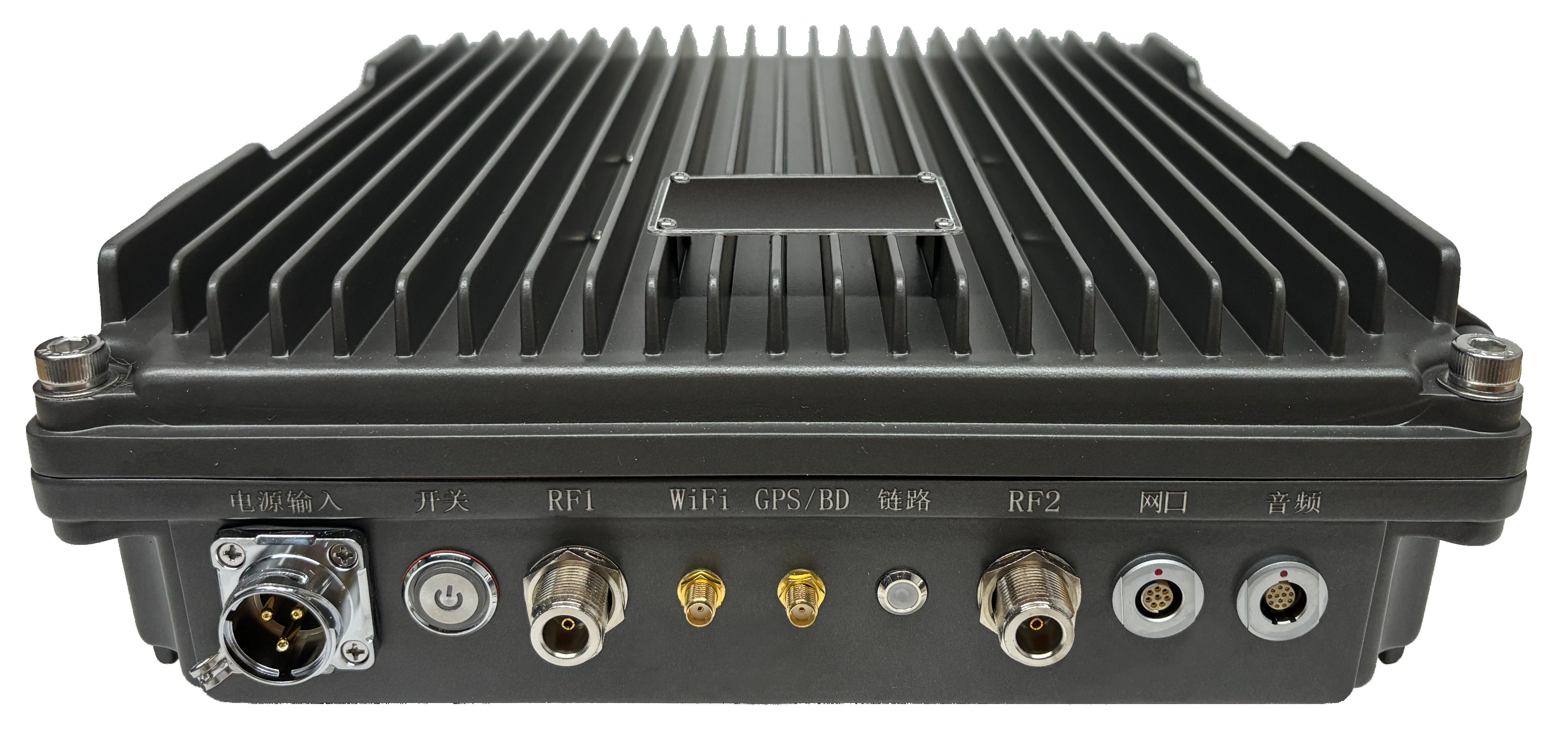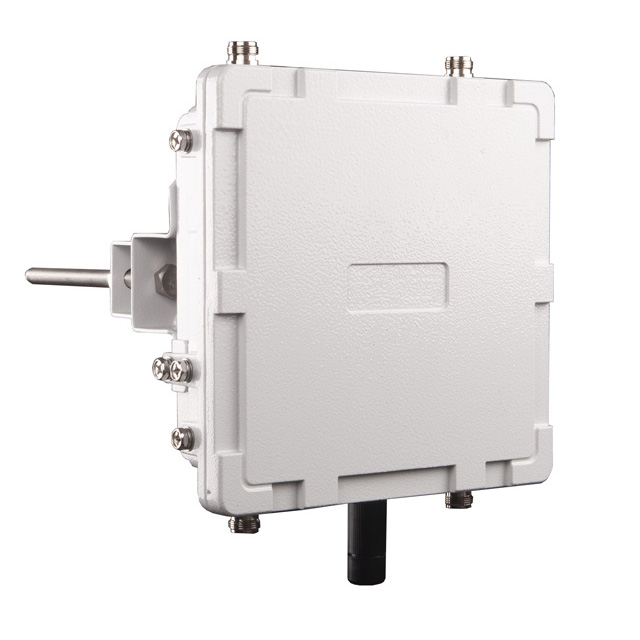How Does Microwave Power Transmission Work?
In an era of wireless everything—from communication to charging devices—the concept of wireless power transmission (WPT) has moved beyond science fiction into scientific reality. Among the various forms of WPT, microwave power transmission (MPT) stands out as one of the most promising methods, especially for long-distance, high-power applications. From powering drones in flight to transferring solar energy from space to Earth, MPT has the potential to revolutionize how and where we generate and use electricity.

What Is Microwave Power Transmission?
Microwave power transmission is a technology that transmits electrical energy wirelessly using microwaves, which are high-frequency radio waves typically in the 1 to 300 GHz range. Unlike traditional wired power lines, MPT eliminates the need for physical conductors and enables the delivery of power over long distances through the air or even space.
At its core, the process involves converting electricity into microwaves, transmitting those microwaves through free space, and then converting them back into usable electricity at the receiving end.
How Does It Work?
Microwave power transmission consists of three main components:
1. Power Source and Microwave Generator
Electric power, typically from solar panels, generators, or grid connections, is first converted into microwave energy using specialized devices such as magnetrons, klystrons, or solid-state RF amplifiers. These devices generate a beam of microwaves at a specific frequency—commonly 2.45 GHz or 5.8 GHz for terrestrial applications, and higher frequencies like 35 GHz for space systems.
2. Transmitting Antenna (Phased Array)
The microwave energy is then directed into space using a phased-array antenna or parabolic dish. Phased arrays offer the advantage of beam steering, allowing the microwave beam to be precisely aimed at the receiver even if it moves slightly, such as in drone charging applications.
3. Receiving Antenna (Rectenna)
At the destination, a rectifying antenna or rectenna captures the incoming microwave energy and converts it back into DC electrical power using diodes and filters. The rectenna is designed to be highly efficient, with conversion efficiencies of over 80% in optimized systems.
Advantages of Microwave Power Transmission
True Wireless Energy
MPT allows power to be delivered over great distances with no physical connection—ideal for remote areas, moving platforms (like UAVs), or even outer space.
High Efficiency Over Long Range
While all wireless methods suffer some energy loss, well-aligned MPT systems using focused beams can achieve relatively high efficiency across kilometers.
Scalability
MPT can scale from small devices (such as wireless sensors) to large-scale systems like space-based solar power (SBSP) that could beam solar energy collected in orbit down to Earth.
Safe and Environmentally Friendly
With proper shielding and power control, MPT is safe for humans and wildlife. It emits no greenhouse gases and doesn't require fossil fuels or harmful materials.
Challenges and Limitations
Line-of-Sight Required
Microwaves travel in straight lines and are subject to obstruction by terrain or buildings. A clear line of sight between the transmitter and receiver is necessary.
Atmospheric Interference
Weather conditions like rain or fog can slightly affect microwave propagation, especially at higher frequencies.
Beam Alignment
Precise beam steering and alignment are critical to avoid power loss and ensure safety.
Regulatory and Safety Concerns
Governments strictly regulate microwave emissions, especially at high power levels, to avoid interference with communication systems and ensure public safety.
Real-World Applications
1. Wireless Drone Charging
Microwave power can be beamed to UAVs in flight, allowing them to stay aloft indefinitely without landing for a recharge. This is especially valuable in military surveillance or delivery operations.
2. Remote Power Delivery
In regions where grid access is impossible or expensive, MPT can provide power to field hospitals, mining camps, or mobile military bases.
3. Space-Based Solar Power (SBSP)
MPT enables a futuristic yet feasible concept: placing solar panels in orbit where sunlight is constant, and beaming that energy down to Earth using microwaves. This could be a game-changer for global energy production.
4. Ocean Platforms and Offshore Installations
Wind farms, oil rigs, and marine stations can be powered from land using focused microwave beams, avoiding the need for underwater cables.
TuQian Microwave Power Transmission Solutions
TuQian Wireless is at the forefront of wireless energy transmission, offering cutting-edge microwave power transmission solutions for industrial, military, and research applications. Our systems are designed to deliver:
High-efficiency RF-to-DC conversion, ensuring minimal energy loss
Compact and ruggedized rectennas, suitable for UAVs, ground stations, and remote sites
Customizable frequency ranges based on application needs
Advanced beam control and safety mechanisms to ensure accurate delivery and human safety
Whether you are powering drones in-flight, supplying energy to field equipment, or building next-generation remote infrastructures, TuQian's microwave power transmission technology offers unmatched reliability, scalability, and innovation.
-
 2025-10-28
2025-10-28 -

Applications of IP Mesh Radios in Military and UAV Communication
2025-10-28 -

What Is Long Distance Communication and How Does It Work?
2025-10-20 -

What Are the Four Types of Wireless Data Transmission?
2025-09-11 -

Which Wireless Technology Is Used for Long Distance Communication?
2025-09-02 -

How High-Bandwidth MESH Communication Devices Ensure Stable Wireless Video Transmission
2025-08-28 -

What Is Microwave Transmission?
2025-07-30 -

Industrial MESH Networking Equipment Selection Guide
2025-07-18








